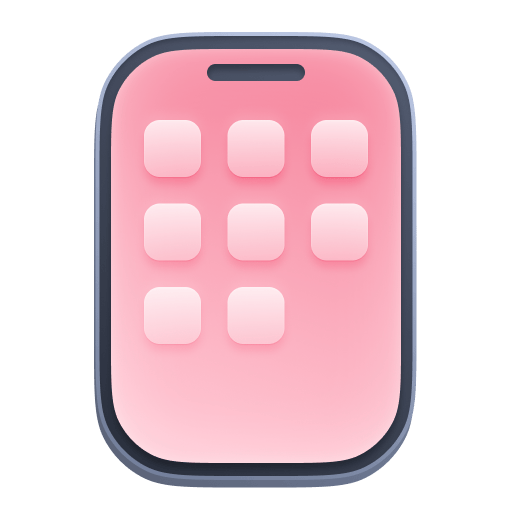Configure cost and traffic control for mobile applications
- How-to guide
- 1-min read
- Published Jul 01, 2019
By default, Dynatrace captures all user actions and user sessions for analysis. This approach ensures complete insight into your application's performance and customer experience. With the Cost and traffic control setting, you can reduce the granularity of user action and user session analysis by instructing Dynatrace to capture a lower percentage of user sessions.
While this setting can reduce monitoring costs, it also results in lower visibility into how your customers are using your applications. For example, a setting of 10% results in Dynatrace analyzing only every tenth user session.
Limit number of analyzed sessions
To limit the number of user sessions to be analyzed
- Go to Frontend.
- Select the application that you want to configure.
- Select More (…) > Edit in the upper-right corner of the tile with your application name.
- From the application settings, select General > Enablement and cost control.
- Under Real User Monitoring, enter a value of less than
100in the Cost and traffic control field. The default value of this field is100.
With this setting defined, Dynatrace analyzes an evenly distributed number of user sessions that equates to the percentage of user sessions that you've specified.
Network bandwidth consumption
The network bandwidth consumption depends on the instrumentation that you add to your mobile app. It consists of:
- Data traffic to the server
- Memory usage
- Execution time of an action in the app
All three factors mainly depend on the number of nodes that your instrumentation produces.
For example, assume the following:
- A user completes 20 user actions per transfer interval, which is 2 minutes by default.
- Each user action consists of 10 nodes: a root node and 9 subnodes.
- The average node size is approximately 150 bytes.
In this case, 30 Kb of RUM data is sent to Dynatrace every 2 minutes:
20 actions × 10 nodes × 150 bytes = 30,000 bytes = 30 Kb
A normal user action usually consists of less than 10 nodes, so the network bandwidth consumption should be less than 30 Kb per 2 minutes. Also, OneAgent uses gzip compression to reduce the volume of data traffic to the server.
The network bandwidth consumption indicated above is only an estimate. Actual overhead depends on multiple factors, including app complexity and size, enabled features, under-the-hood requests, and number of user actions reported per transfer interval.
 Mobile
Mobile